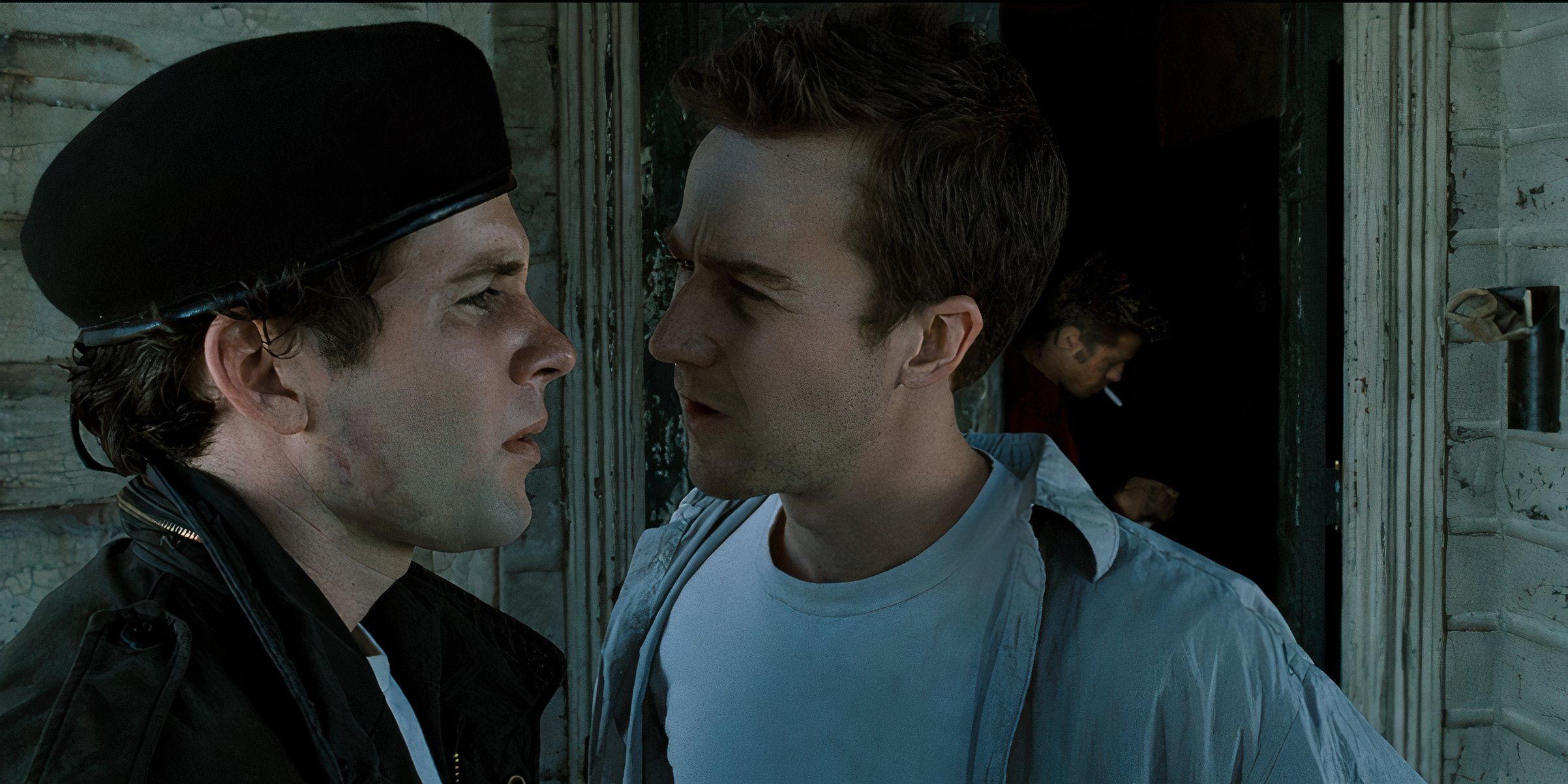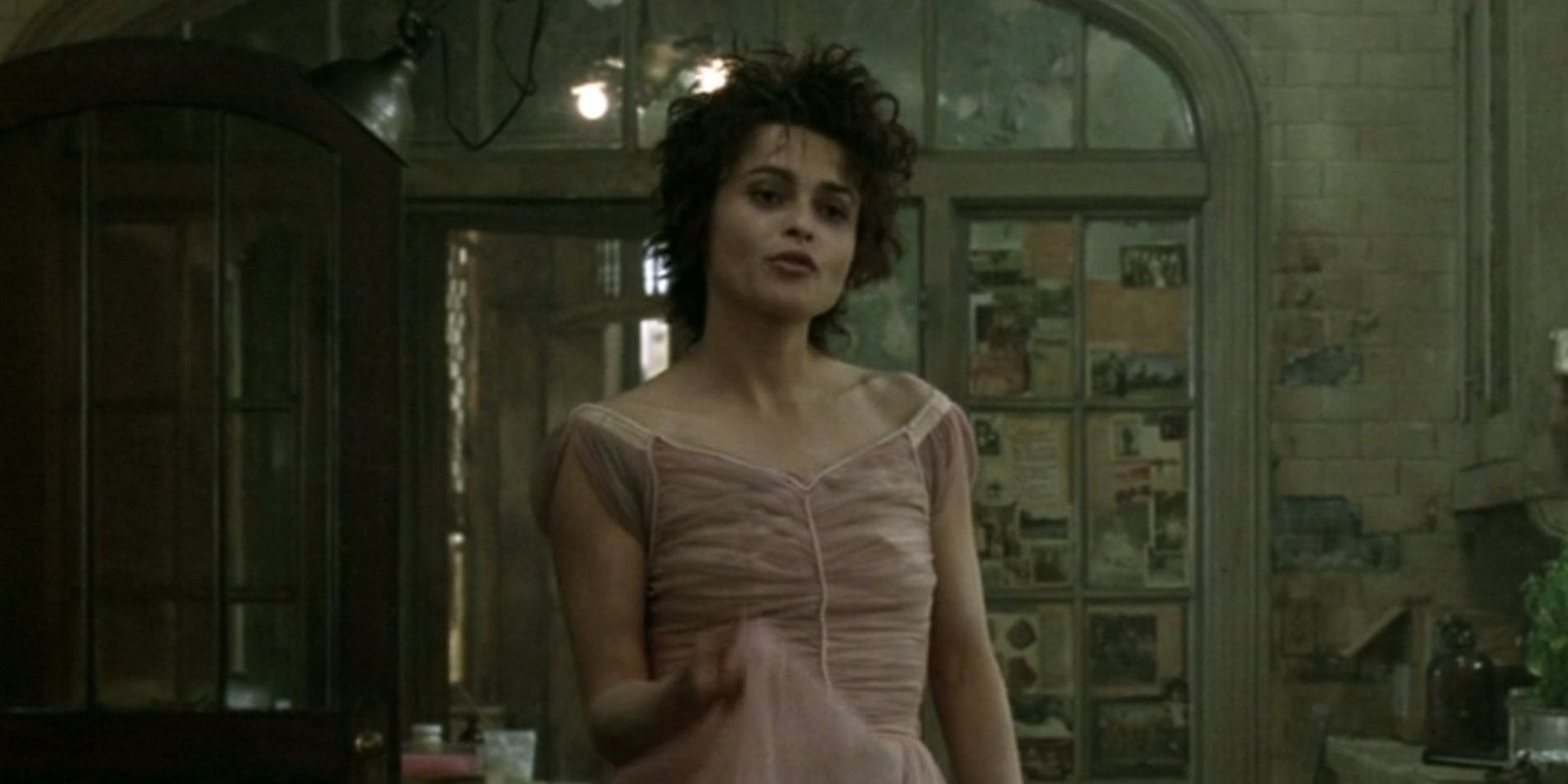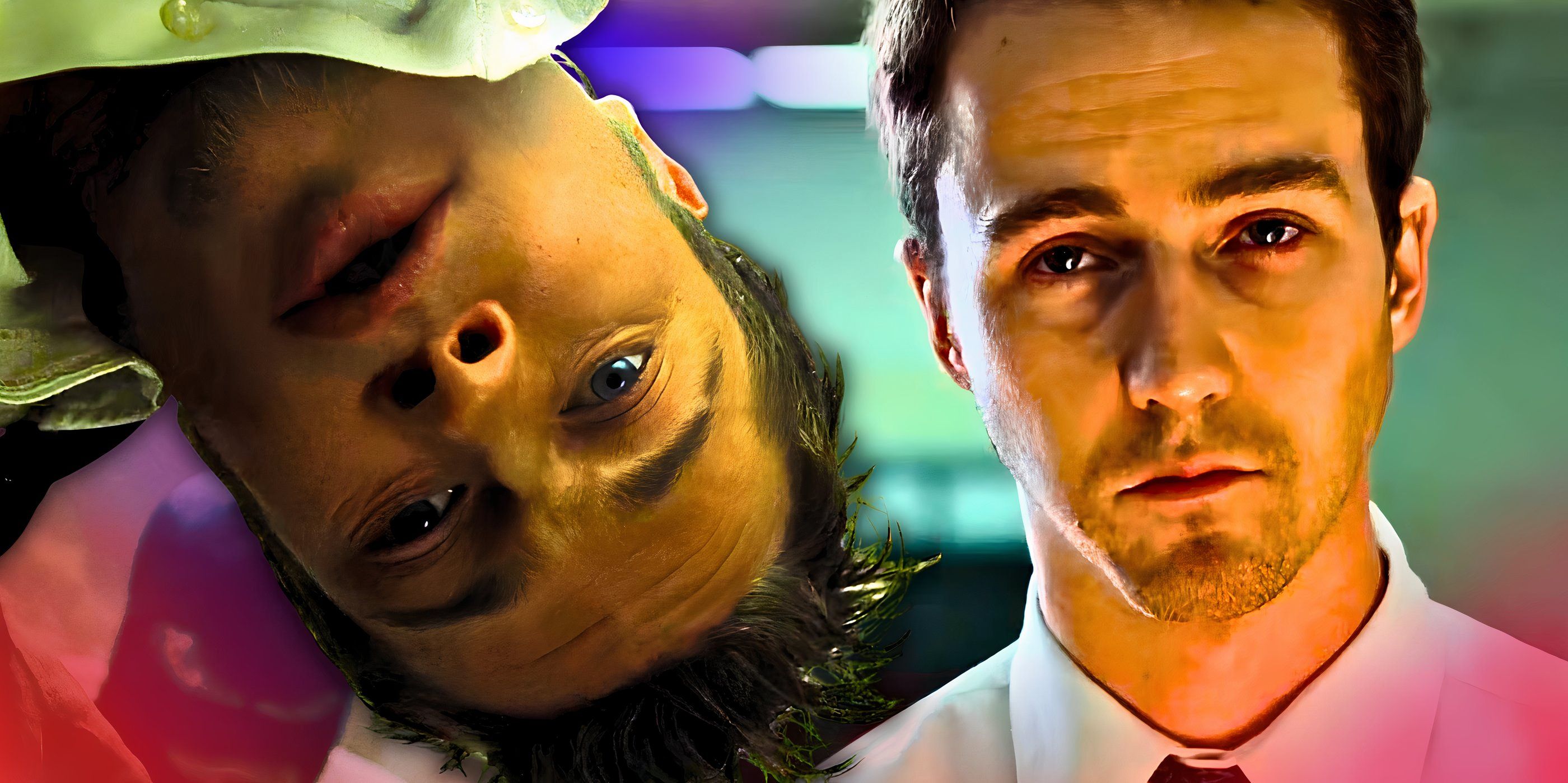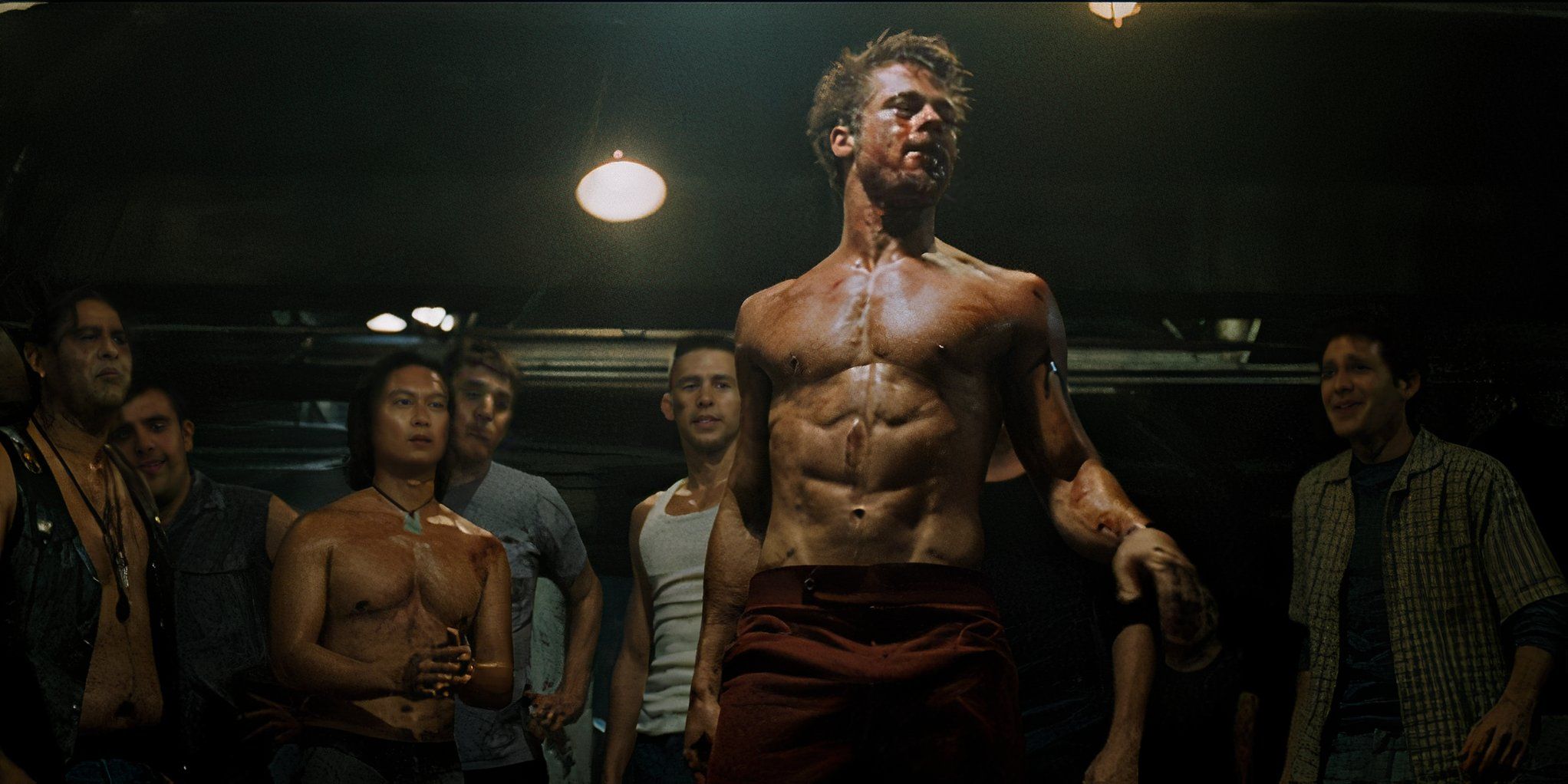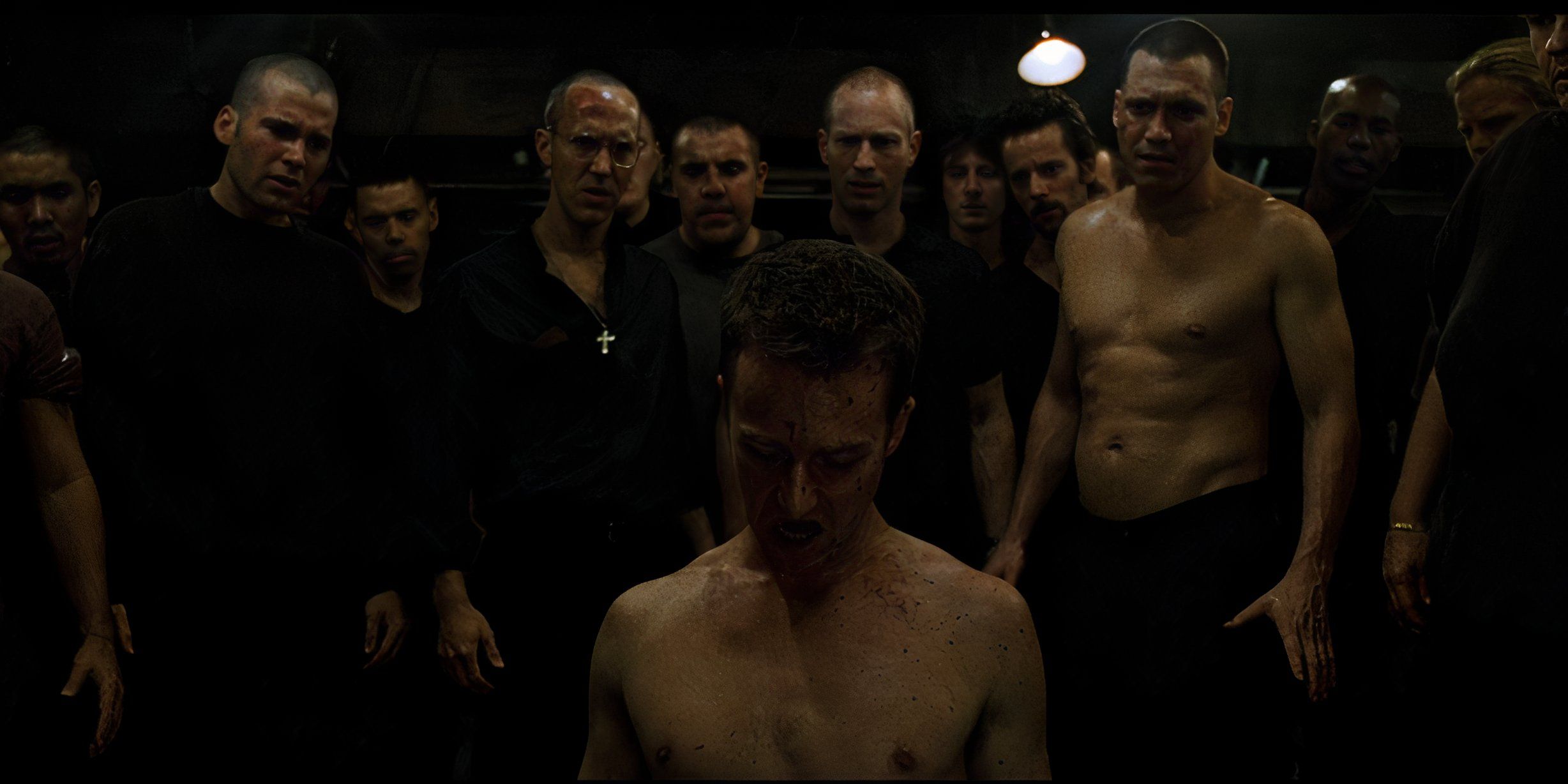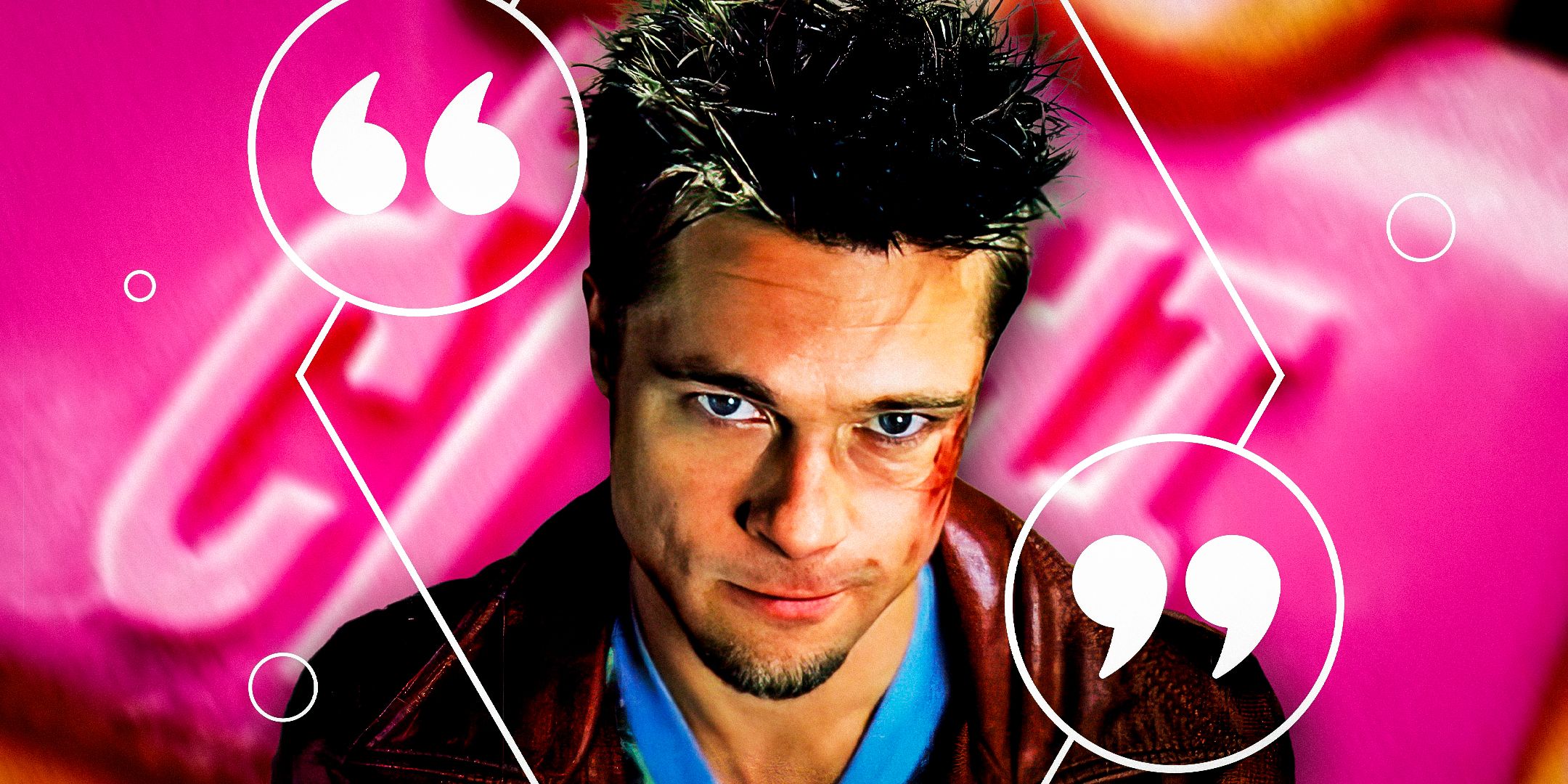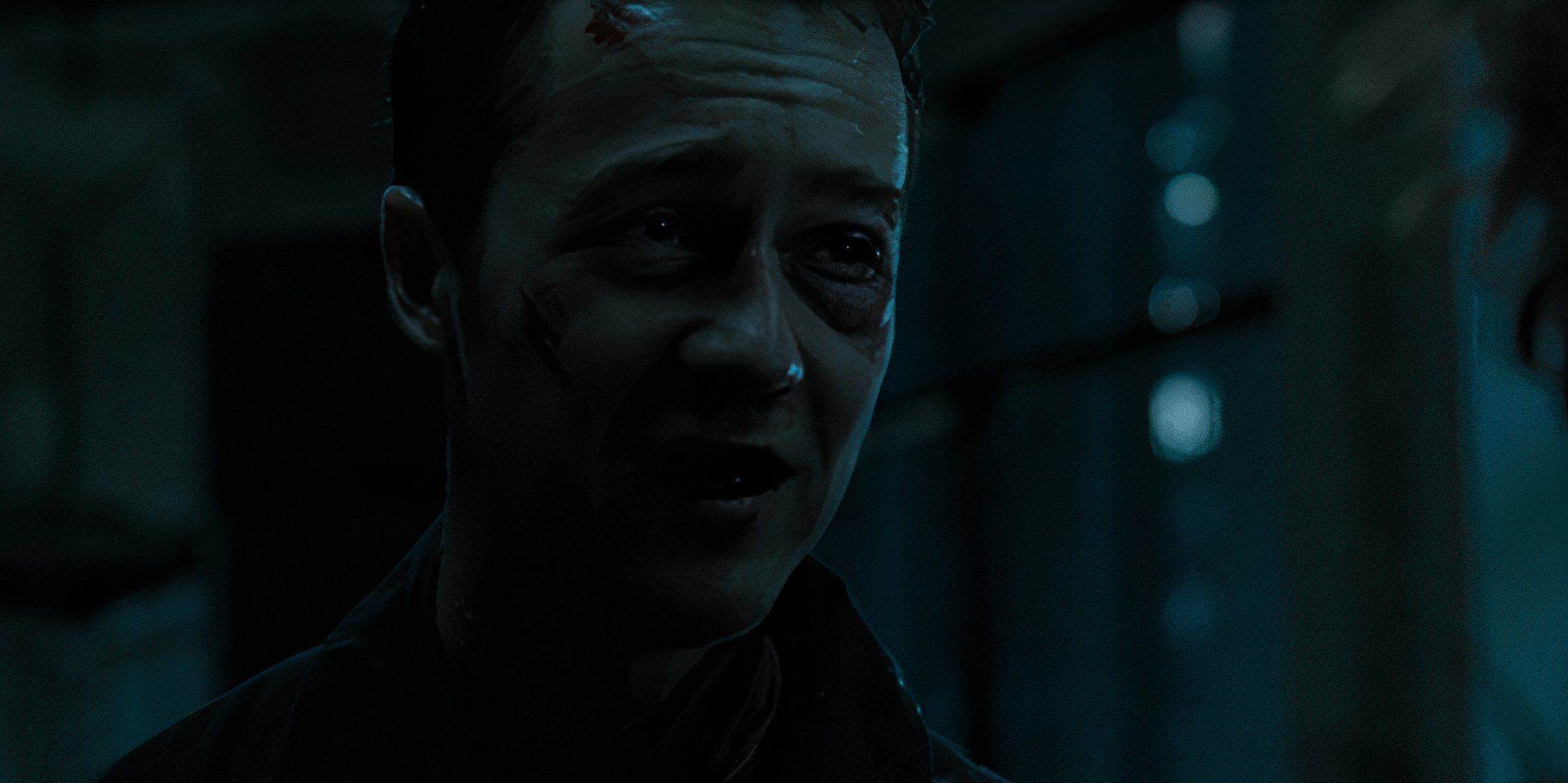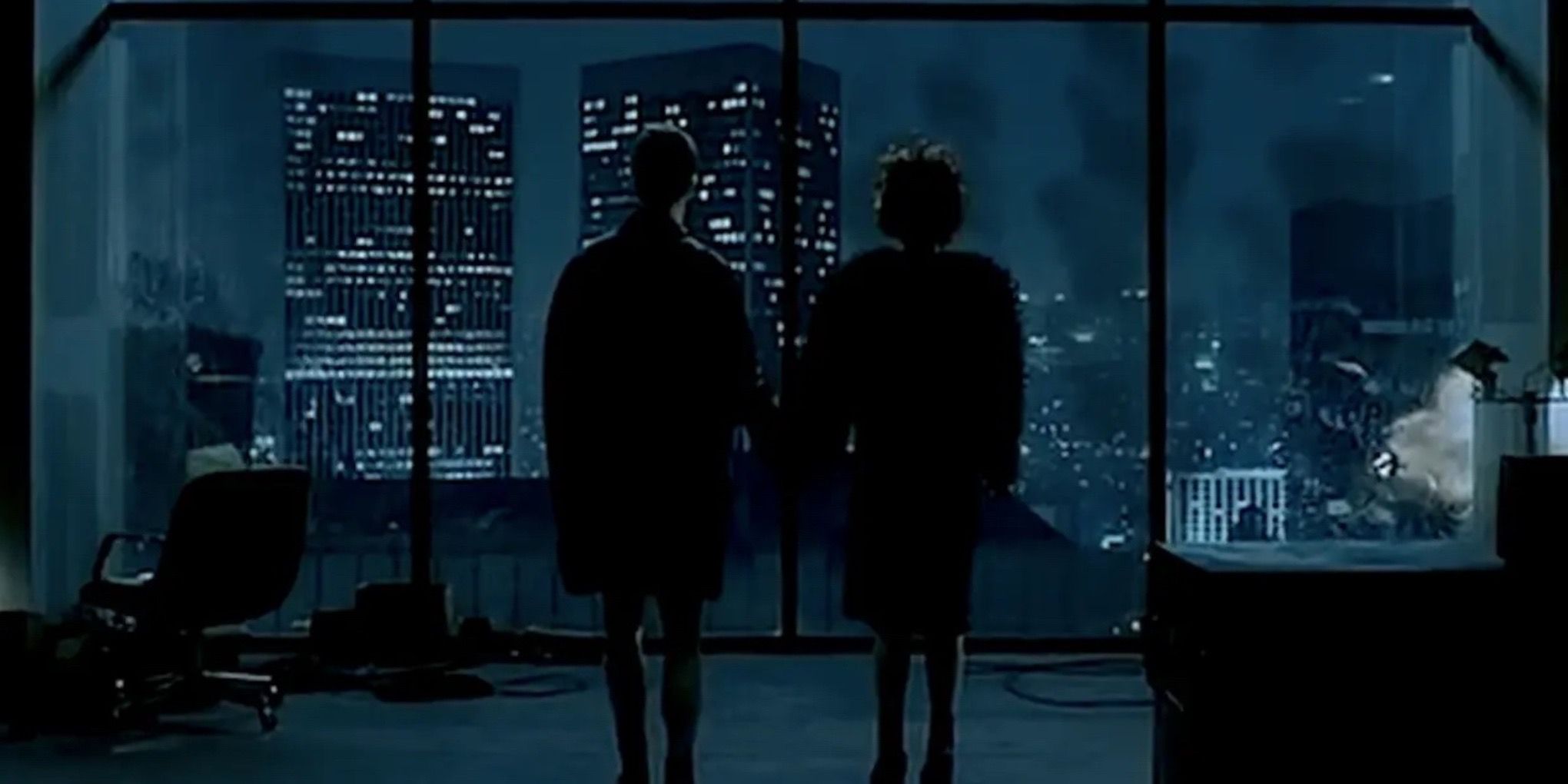Fight Club
David Fincher’sFight Clubhas become a defining piece of ' 90s cinema and anall - time greatest striking . Yet , Chuck Palahniuk ’s original novel offers a clearly different take on the narrator ’s story . While both version masterfully search theme of masculinity , consumerism , and identity , they depart in several substantial ways . From altered character moral force to altogether dissimilar endings .
The journey from page to projection screen resulted in legion creative decisions that reshaped Palahniuk ’s body of work , with theFight Clubcreator even revealing some problemshe had with the iconic Brad Pitt movie . Some modification were necessary adaptations for the visual medium , despite initial box - office struggles , while others symbolize more deliberate choices in how to tell this complex write up in way only David Fincher can .
10How Fight Club’s Narrator Meets Tyler Durden
A Chance Meeting on a Nudist Beach
The first significant disagreement between the record and the film occur when the teller encounters his alter ego , Tyler Durden . In Palahniuk ’s novel , this pivotal meeting adopt stead on a au naturel beach , where Tyler is creating artistic creation by positioning driftwood to regurgitate a giant tail at sunset . This supernal , almost dreamlike introduction do a different whole step for their family relationship , stress Tyler ’s aesthetic nature and the phantasmagoric tone of their coming upon .
As a former music video director , the music in David Fincher films is always carefully pick out and the choices for Fight Club are unique .
Fincher ’s film moves this coming together to an airplane , produce a more confined and tension - filled first fundamental interaction where the two discussmaking grievous bodily harm from human fat . The hamper quad of the aircraft and Tyler ’s cryptic observations about parking brake procedures establish straightaway intrigue while foreshadowing the story ’s volatile conclusion . This change grounds their initial confluence in the modern corporate world that the story critiques while maintaining the factor of opportunity in their skirmish .
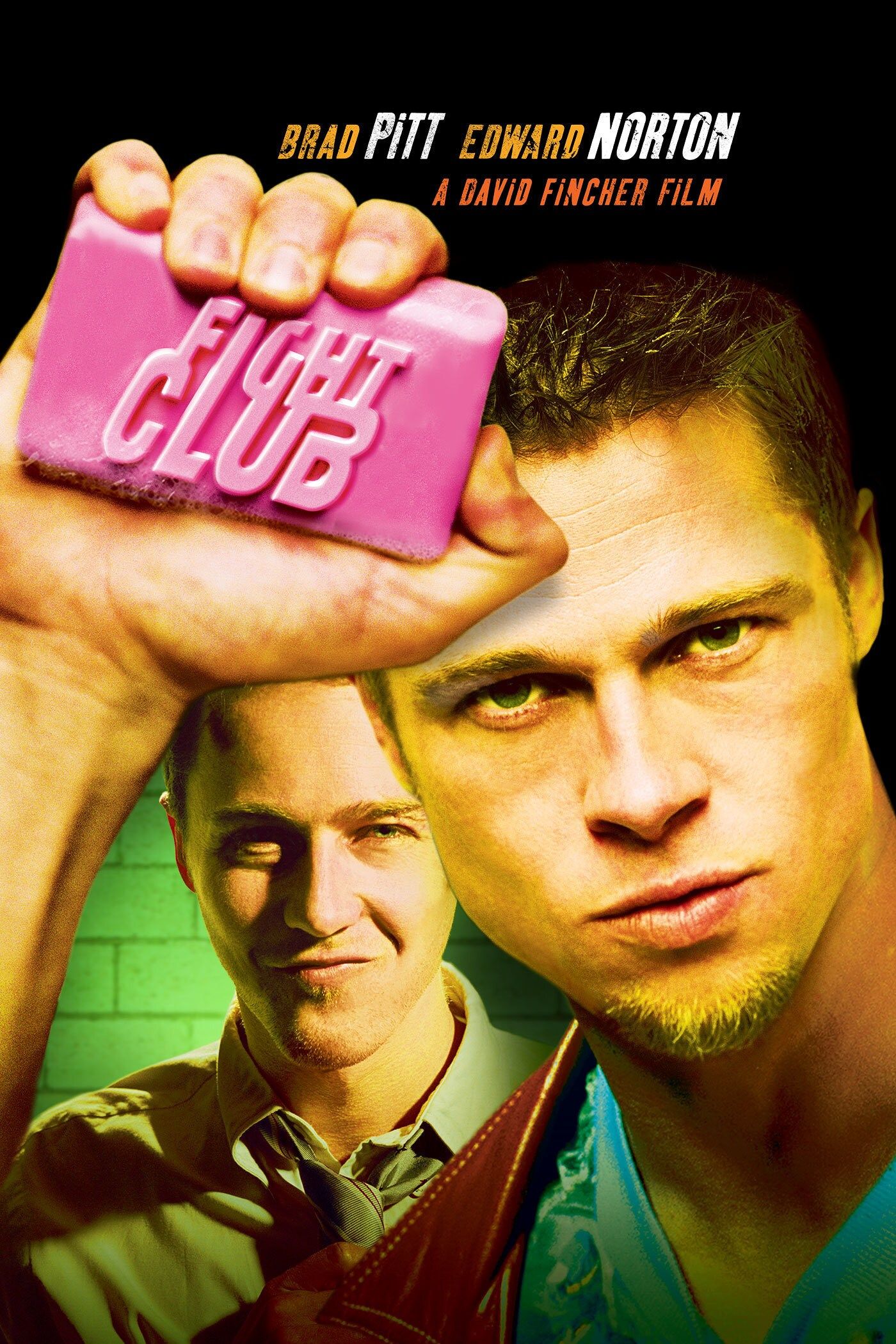
9The Explosive Movie Ending
Fincher’s Improvement Creates an Iconic Moment
Fight Club ’s endingpresents perhaps the most salient departure from its source material . In the movie , the Narrator confronts Tyler ’s program by shooting himself in the mouth , causing Tyler to disappear . He then reconciles with Marla , and together , they watch as Project Mayhem ’s plan unfold , resulting in multiple buildings collapse in a devastating video display of anarchic end and giving audience one of the most iconic scenes of the last few decades .
The studio apartment ’s first choice to directFight Clubwas Peter Jackson , now best known for theLord of the RingsandHobbitmovies . However , at the time , he was too busy working on his filmThe Frighteners .
Palahniuk ’s original novel did not do this . After the Narrator shoots himself , he wake up in a mental infirmary , conceive it to be heaven . The ambiguity of this finish entrust reader questioning the reality of what they have just read while propose that some mental home continue to shape the Narrator ’s sensing of realness . This more introspective end focalise on the Narrator ’s genial land rather than the physical destruction of gild ’s symbols . In this casing , one could indicate that Fincher ’s take on the closing enhanced the overall level and cemented its legacy .
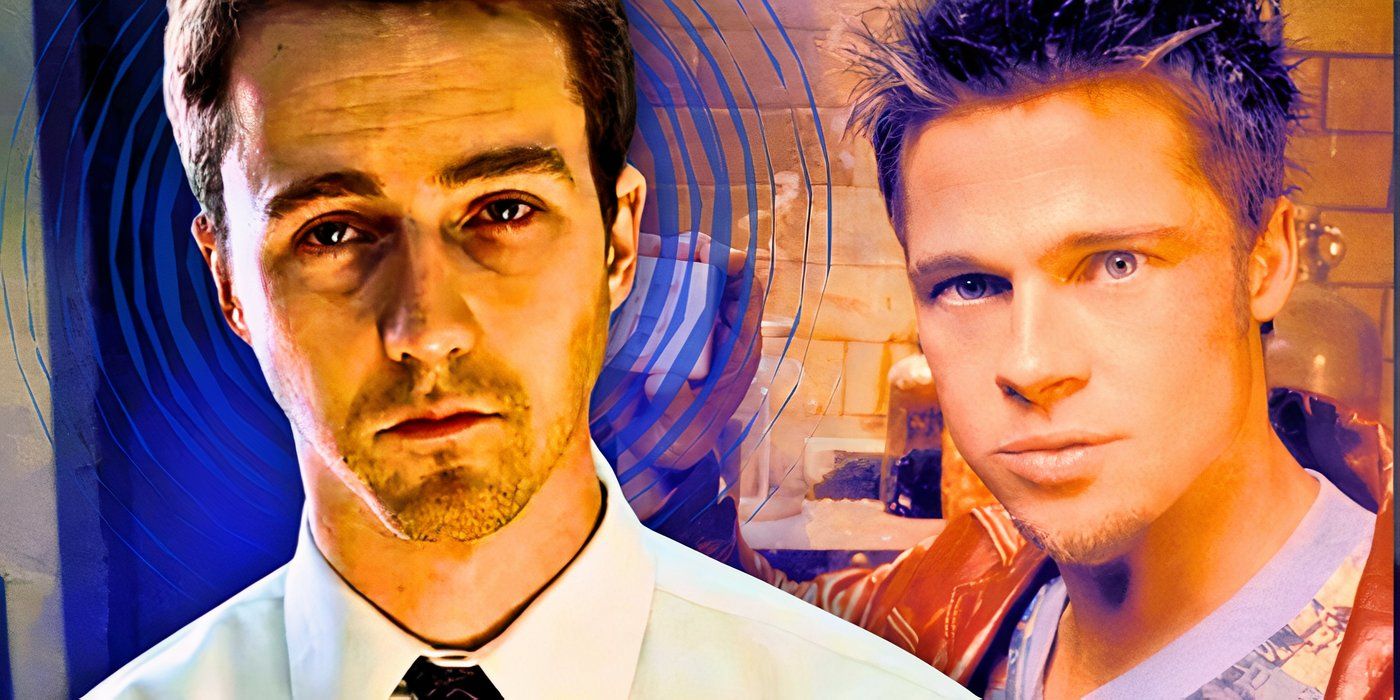
Custom image by Debanjana Chowdhury
8Project Mayhem’s Final Goal
Shades of Far Right Ideology
The scope and target of Project Mayhem ’s ultimate architectural plan differs significantly between versions . In the novel , the organization ’s endgame focalize on a exclusive , symbolic bit of destruction : demolishing the Parker - Morris Building to have it break up into a home museum . This targeted attack emphasize the movement ’s purpose to destroy ethnical mental institution and historical artifacts , rather than strictly financial object .
The film broadens the scale of Project Mayhem ’s dream , targeting multiple credit entry card company construction and financial centers . This shift in focus aligns more straight with the film ’s review article of consumer refinement and debt slavery while providing the more visually impressive flood tide mentioned antecedently . The change transforms Project Mayhem ’s missionary station from a symbolical tone-beginning on culture to a direct ravishment on the fiscal system in a delineation that somefar - rightFight Clubfandom groupshave accept to support their political orientation .
7The Confrontation with the Boss
A Fight The Narrator Can’t Win
The novel and moving-picture show take radically different approaches to the Narrator ’s workplace rebellion . Palahniuk ’s rendering has the Narrator sending his boss photocopy of Fight Club ’s rules and threaten notes , create a psychological confrontation that plays out through written communication . This approach perhaps emphasizes the inactive - aggressive nature of office government that Palahniuk wanted to foreground in this story , as well as the narrator ’s initial reluctance to engage in direct battle .
The scene of destruction of a different kind , in that it is self - destructive , became equally iconic as a messed - up form of empowerment that shocked audience .
However , Fincher ’s adaptation transforms this into one of the film ’s most memorable scenes , where the Narrator brutally beat himself up in his political boss ’s office . This forcible manifestation of internal engagement provides a nonrational demo of the Narrator ’s drop mental country while wait on as a stark critique of corporal power dynamics . The scene of destruction of a different kind , in that it is self - destructive , became equally iconic as a messed - up shape of empowerment that traumatise audiences . Another example of Fincher arguably taking the source material and improving it .
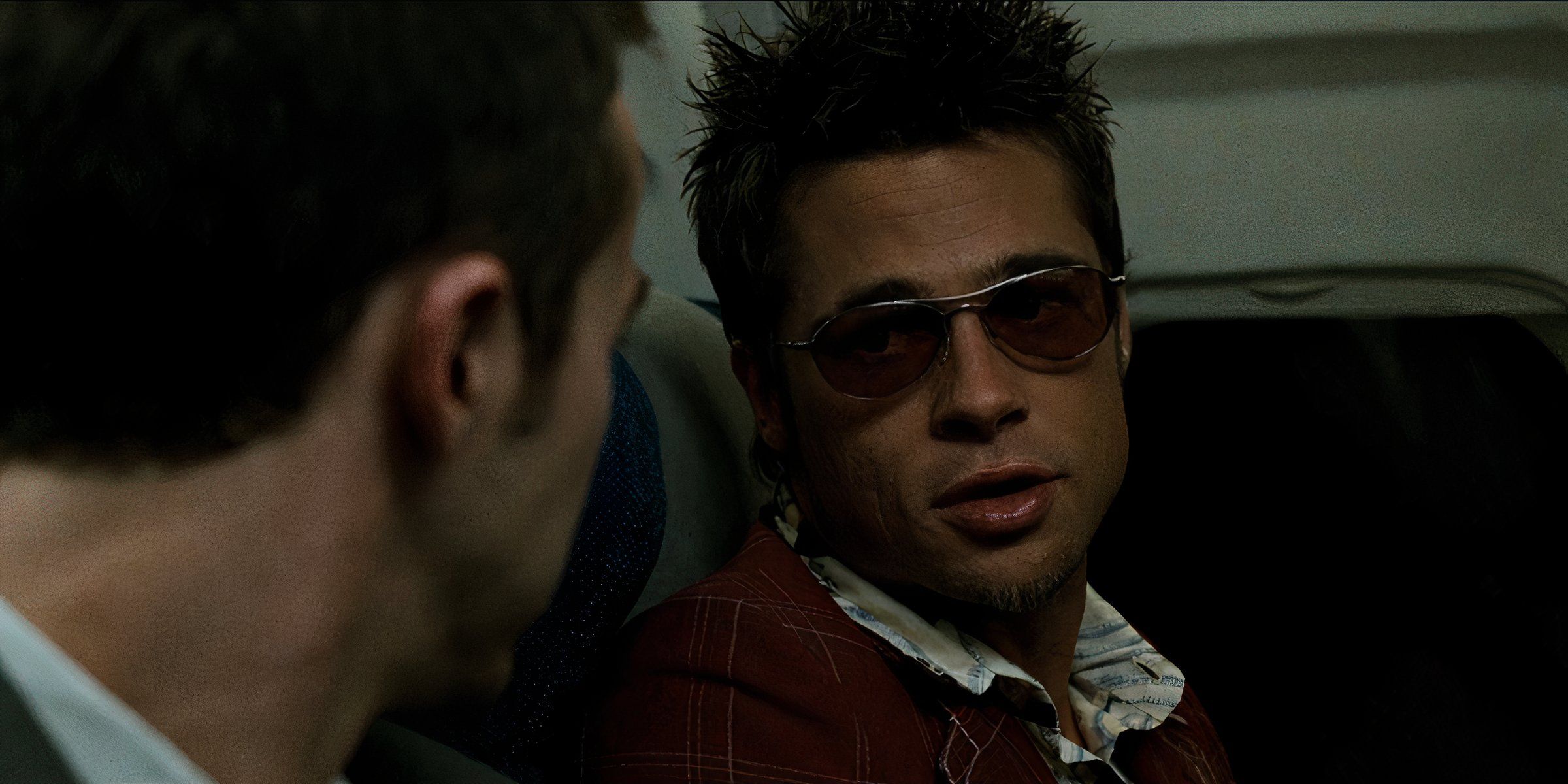
Fight Club, David Fincher’s 1999 thriller starring Brad Pitt, Edward Norton, and Helena Bonham Carter, is the cinematic adaptation of Chuck Palahniuk’s eponymous 1996 novel. In it, reckless soapmaker Tyler Durden helps the desolate Narrator find meaning in his monotonous life by creating an underground fight club where dejected men release their frustration in the form of fistfights.
6Marla Singer’s Role in the Climax
Connection Over Redemption
In the novel , Marla ’s last role takes an unexpected turn when she and the support group members make unnecessary the Narrator from the roof of the Parker - Morris Building . This intervention by characters from the report ’s offset creates a circular narrative social organization , suggesting that the very community the Narrator initially exploited becomes his redemption . Their return summate a layer of redemption to the level ’s conclusion .
Directed by David Fincher , Fight Club is one of the most symbolic picture show of the 90 , delivering a brutal societal comment on toxic maleness .
The film re - position a fantastic functioning fromHelena Bonham Carter in the function of Marla , who she almost did n’t toy . After the Narrator photograph himself and Tyler vanishes , he and Marla share a moment of reconciliation as they witness the destruction of the reference card buildings . This modification make a more romantic determination , suggesting that unquestionable human connection might be the answer to the alienation that spawned Tyler Durden in the first place .
5The Visualization of Tyler Durden
Brad’s Perfect Abs
Tyler Durden ’s physical manifestation undergo significant changes in adaptation . Palahniuk ’s novel describe Tyler as notably blonde , with his hair " burnished than even the Sunday is yellow , " and physically modest than the Narrator . These specific point contribute to Tyler ’s almost angelic or mythical quality in the book , setting him apart from the Narrator ’s more mundane front .
Brad Pitt ’s famous portrayal in the picture face a markedly dissimilar Tyler , with darker hair and a physically imposing presence that overshadows Edward Norton ’s Narrator . In one famous vista , Pitt appears with his shirt off , revealing his iconic six - pack , in a moment that juxtaposes his hypermasculine , idyllic form with Norton ’s far more intermediate build . This visual contrast helps establish Tyler as the incarnation of everything the Narrator wishes he could be - mentally and physically . The film ’s Tyler becomes a more overtly masculine ideal , reinforce themes about masculinity in crisis .
4The Origin of the Fight Club
I Want You To Hit Me
The consequence ofFight Club ’s origination , before the 8 rules are established , reveals subtle but meaningful differences between versions . The book presents the first fight as a ad-lib moment in a parking fate , with Tyler just hitting the Narrator and asking him to slay back . This organic emergence of violence suggests a more instinctual response to modern manful estrangement .
The film maintains the parking caboodle arrange and the two lead characters campaign but add Tyler ’s now - iconic line:“I want you to make me as hard as you could . “This deliberate improver transforms the moment from a spontaneous occurrence into a more purposeful challenge to societal norm . The specific dialogue kick upstairs the scene into a memorable manifesto about manful aggression and the desire for an veritable experience while also hand the hearing pernicious hints about the internal dialogue that carries the story ’s central engagement ( when you know the ending ) .
3The Mechanic Scene
A Evolutionary Moment
One of the most notable divergence comes in the handling of the mechanic encounter . In the book , the integral fundamental interaction exists strictly in the Narrator ’s mental imagery , never move beyond phantasy . This approach emphasizes the Narrator ’s initial unfitness to actualize his vehement impulses , highlighting his trust on Tyler to express his pent-up hostility .
The moving picture transform this imagined confrontation into a strong-arm realness , stag an actual fight betweenFight Club ’s nameless Narratorand the grease monkey . This modification charts the Narrator ’s evolution from passive observer to active participant in his own fib , while also providing another visceral display of the fury that increasingly determine his world .
2The Structure of Tyler’s Appearances
He was Tyler All Along
The Word of God and film do by Tyler ’s mien throughout the narrative in distinctly unlike ways . Palahniuk ’s novel presents Tyler ’s appearing more sporadically , often splice them to specific locations and event . This coming creates a more fragmented story that mirror the Narrator ’s fractured psyche , with Tyler meander in and out of the story like a ghost .
Brad Pitt ’s portrayal of Tyler Durden was among the most impressive in his life history and was filled with memorable and iconic Fight Club citation .
Fincher ’s adaptation hold a more incessant front for Tyler once he ’s introduced , having him appear across various view and preferences with the only change that feels odd being whenhe returns with a plane question . This variety creates a more unstable narrative progression while also making Tyler ’s influence on the Narrator finger more permeating and tyrannous . The pic ’s structure suggest a more complete integration of Tyler into the Narrator ’s casual life , making their step up conflict and eventual separation far more spectacular .
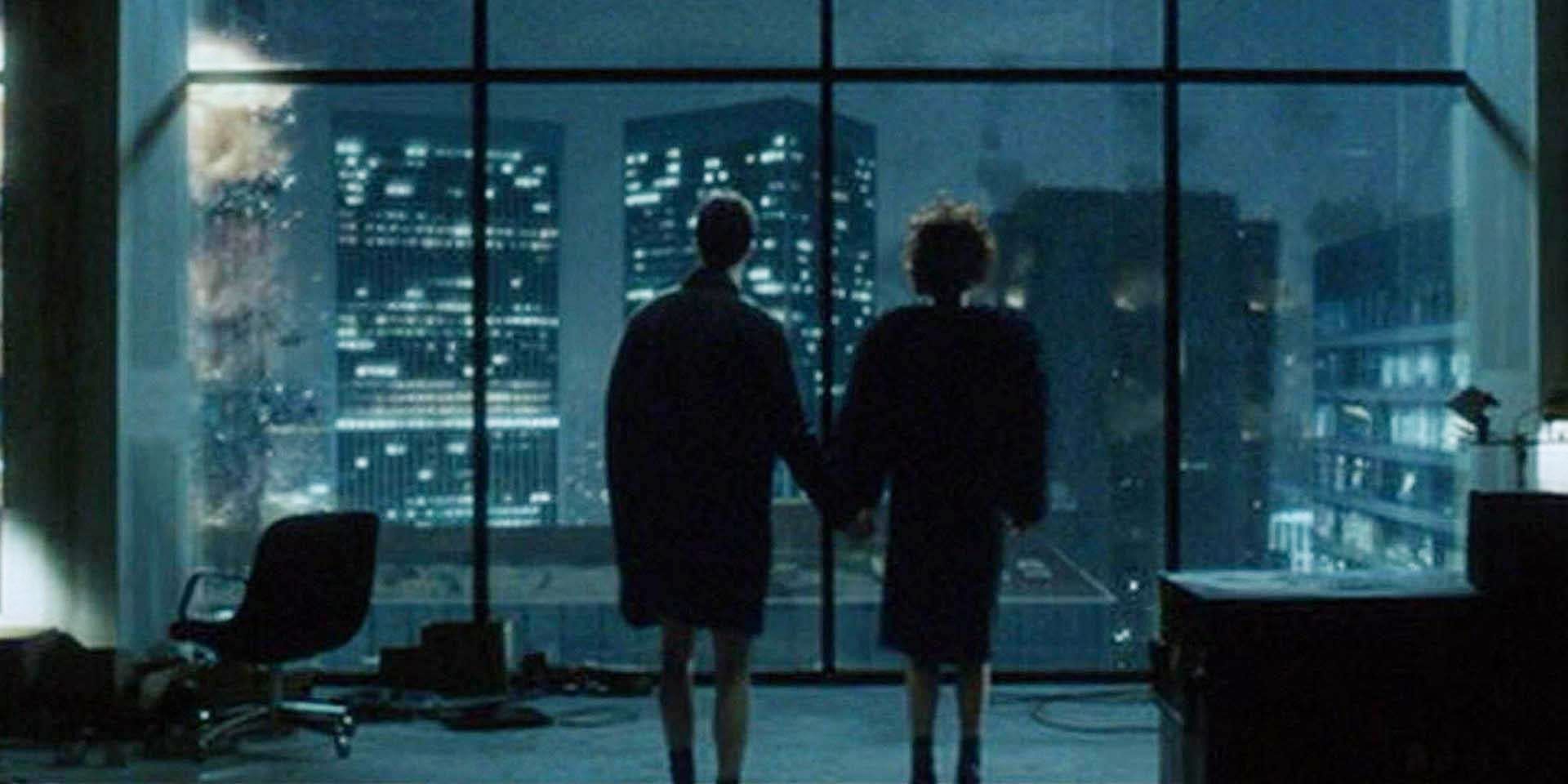
1The Narrator’s Fate After the Ending
The book and plastic film vary significantly in portraying the Narrator ’s ultimate fate . Palahniuk ’s novel continues beyond the climactic moment of self - discovery , following the Narrator into a mental institution where he receives letters from Project Mayhem members and believes he ’s in heaven . This poke out denouement provides a more complex interrogatory of the consequences of his action , suggesting that institutional control remains even after his apparent breakthrough . Furthermore , with body of work extending beyond the initial book , Palahniuk explored the fate ofMarla and the Narrator ’s futurein more contingent .
Nonetheless , the film prefer to end with the Narrator stand beside Marla , determine the destruction stretch after Tyler ’s disappearance . This more immediate conclusion focuses on the emblematic moment of sacking and possible romance , leaving the Narrator ’s long - terminus portion ambiguous . By forfend the mental institution epilogue , Fight Clubmaintains the impact of its climactic moment while suggesting the possibility of a fresh start .
Fight Club , David Fincher ’s 1999 thriller starring Brad Pitt , Edward Norton , and Helena Bonham Carter , is the cinematic version of Chuck Palahniuk ’s eponymous 1996 novel . In it , heady soapmaker Tyler Durden helps the desolate Narrator find meaning in his monotonic life by creating an undercover fight club where dejected serviceman release their frustration in the form of fistfights .
